When we think of Lord Shiva, many images arise in the mind. Some see him as the calm ascetic lost in meditation, smeared in ash with a crescent moon on his head. Some picture him as the compassionate Mahadeva, dancing blissfully as Nataraja. But beyond these serene and benevolent forms, there lies another dimension of Shiva—one so fierce, so terrifying, and so cosmic in its scale, that it shakes the very foundations of creation. This form is Kalabhairava, the Lord of Time and Death, the most ferocious manifestation of Shiva.
Kalabhairava is not merely a figure of dread; he is the destroyer of illusion, the guardian of truth, and the keeper of cosmic order. To understand him is to peer into the deepest mysteries of existence—birth, life, death, and beyond.
The Birth of Kalabhairava: A Cosmic Event
The story of Kalabhairava’s origin is rooted in the Shiva Purana. According to the legend, a debate once arose between Lord Vishnu and Lord Brahma about who among them was supreme. Vishnu, the preserver, argued for balance and sustenance. Brahma, the creator, proudly claimed that his act of bringing forth creation made him the greatest.
Overwhelmed by arrogance, Brahma sprouted a fifth head and began speaking words of pride. Shiva, the eternal witness, decided it was time to end Brahma’s delusion. Out of his forehead emerged Kalabhairava—dark, fierce, with eyes blazing like a thousand suns, carrying a sword that radiated terrifying energy. With one swift stroke, Kalabhairava severed Brahma’s fifth head.
This act wasn’t violence for its own sake—it was symbolic. By cutting off Brahma’s fifth head, Kalabhairava destroyed the ego that blinds even the wisest. It was a reminder that no matter how creative or powerful one becomes, pride and arrogance cannot stand before eternal truth.
The Meaning of Kalabhairava
The name itself reveals his essence:
- Kala = Time, Death, the inevitable passage that consumes everything.
- Bhairava = The Terrifying One, but also “the one who removes fear” (Bha = existence, Ra = sustenance, Va = destruction).
Thus, Kalabhairava is both the devourer of fear and the one to be feared. He represents the paradox of Shiva—destroyer and protector, terrifying and compassionate, the end of illusion and the beginning of liberation.
The Iconography of Terror
Kalabhairava’s appearance is unlike any other deity.
- His complexion is dark like a stormy night, symbolizing the vastness of the unknown.
- His eyes are red and blazing, representing cosmic fire.
- He is often depicted naked, smeared in ash, pointing to the truth that all material possessions and identities will eventually turn to dust.
- Around his neck is a garland of skulls, a chilling reminder of mortality.
- In his hands, he carries weapons—trident, drum, sword, and a kapala (skull bowl), symbolizing destruction, creation, rhythm of existence, and the acceptance of impermanence.
- His vehicle is a black dog, a creature that itself is both feared and revered in Indian tradition.
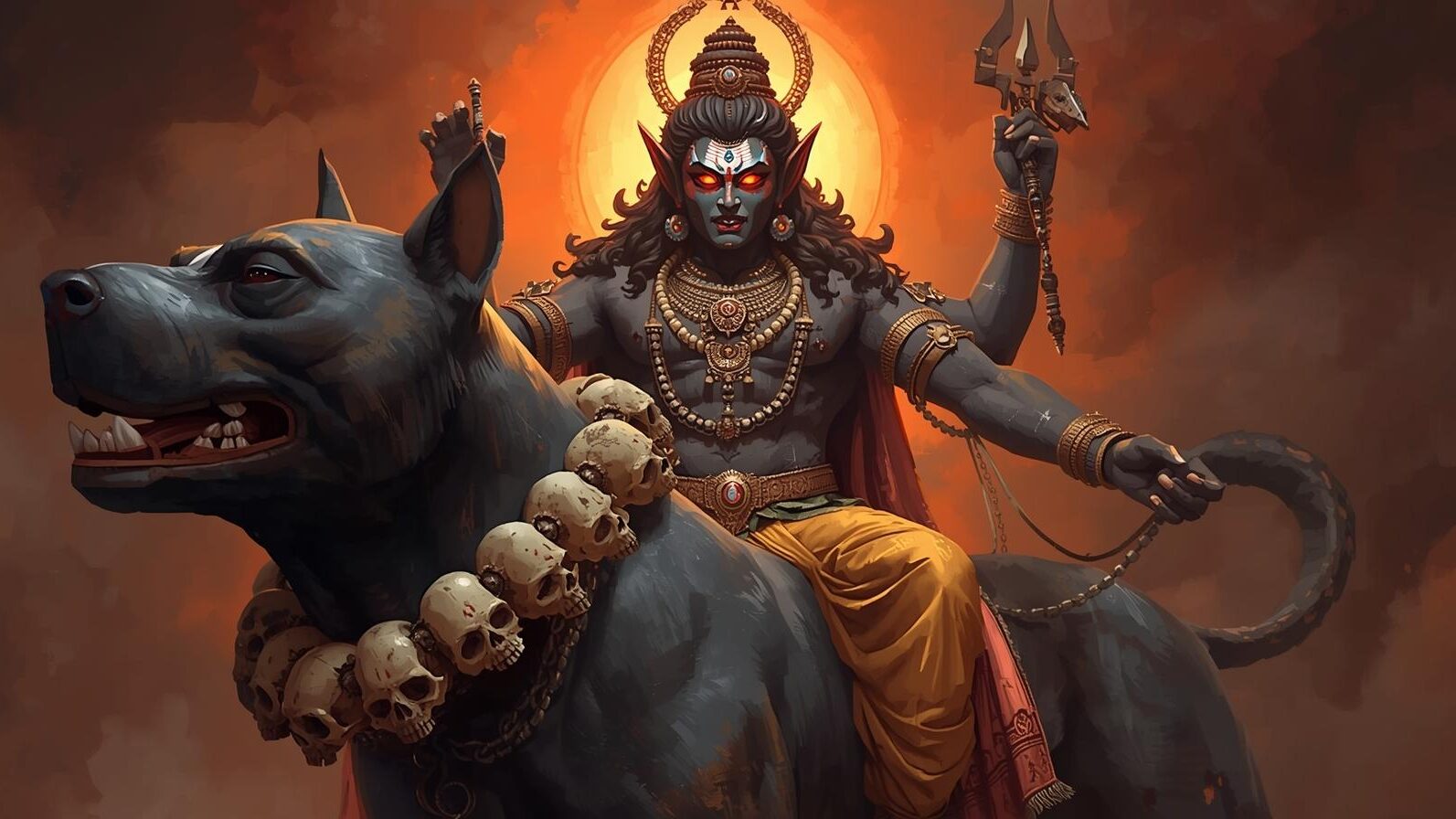
Every aspect of Kalabhairava’s form communicates a profound philosophical truth. He is not terrifying because he wants to instill fear—he is terrifying because he represents reality itself, stripped of comforting illusions.
Kalabhairava as the Lord of Kashi
Among all holy cities in India, Varanasi (Kashi) holds a special place. It is said to be the city of Shiva, the place where death itself is not an end but a gateway to liberation. Yet even in Kashi, no soul may stay without the permission of Kalabhairava.
In fact, Kalabhairava is worshipped as the Kotwal (guardian or police chief) of Kashi. His temple, the Kalabhairava Mandir, is one of the most revered shrines in the city. Devotees believe that one must first seek his blessings before worshipping at Kashi Vishwanath.
For the people of Varanasi, Kalabhairava is not just a fierce god of destruction—he is their protector, their guide, their keeper of dharma. To him, devotees turn for courage, justice, and the strength to face life’s inevitable hardships.
The Eight Bhairavas
Kalabhairava is the supreme Bhairava, but scriptures speak of Ashta Bhairavas—eight different forms of Bhairava, each ruling a direction of the universe. They are:
- Asitanga Bhairava – East
- Ruru Bhairava – Southeast
- Chanda Bhairava – South
- Krodha Bhairava – Southwest
- Unmatta Bhairava – West
- Kapala Bhairava – Northwest
- Bheeshana Bhairava – North
- Samhara Bhairava – Northeast
Among them, Kalabhairava is the supreme, the ruler of time itself, transcending all directions.
Kalabhairava and the Philosophy of Time
Time is the greatest mystery of existence. Empires rise and fall under its watch. Youth fades into old age. Even the stars burn out after billions of years. No one escapes its grasp.
Kalabhairava is the embodiment of Time. He reminds us that everything in the universe—whether material wealth, physical beauty, or even life itself—is temporary. But rather than inducing despair, this knowledge is meant to inspire freedom.
For the devotee who surrenders to Kalabhairava, the fear of death dissolves. What remains is only the eternal Self, untouched by time. Thus, Kalabhairava is not merely the Lord of Death, but the gateway to immortality.
Other Fierce Forms of Shiva
While Kalabhairava is the most terrifying, Shiva manifests in several other fierce forms:
- Rudra – The stormy Vedic aspect of Shiva, fierce and destructive.
- Virabhadra – A warrior born from Shiva’s anger when his consort Sati was insulted. Virabhadra destroyed Daksha’s yajna and became a symbol of righteous fury.
- Aghora – One of Shiva’s Panchabrahmas, symbolizing dissolution and fierce compassion.
- Mahakaal – The Lord of cosmic time, worshipped in Ujjain as the destroyer of all universes at the end of creation
Yet, each of these forms, no matter how terrifying, ultimately serves one purpose: to liberate souls from ignorance and ego.
Lessons from Kalabhairava
What can a modern person learn from such a fierce deity? Plenty.
- Ego is the greatest enemy. Just as Brahma’s pride was destroyed, our arrogance must be cut down to see truth clearly.
- Time is supreme. Everything is temporary—relationships, possessions, even our own bodies. Recognizing this helps us live wisely.
- Face fear to transcend it. Kalabhairava doesn’t increase fear; he forces us to confront it. When we do, we realize fear has no real power.
- Justice will prevail. Kalabhairava as Kashi’s Kotwal reminds us that wrongdoings do not go unseen; cosmic law is unbreakable.
- Liberation lies beyond illusion. By stripping away false identities, Kalabhairava points us to our eternal Self.
Kalabhairava in Daily Worship
Devotees often worship Kalabhairava with offerings of black sesame, oil lamps, and prayers. Feeding stray dogs, considered his companions, is also an act of devotion. Chanting the Kalabhairava Ashtakam, a hymn composed by Adi Shankaracharya, is believed to remove fear, grant protection, and bring peace.
Why Kalabhairava Still Matters
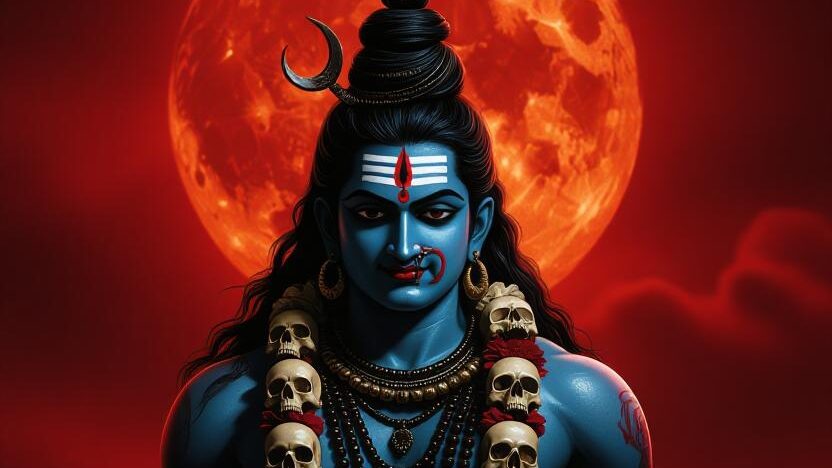
Unlike softer forms of Shiva, worshipping Kalabhairava demands sincerity and seriousness. He does not grant materialistic boons easily, but he protects devotees from evil forces and guides them toward spiritual liberation.
In today’s world of uncertainty, where fear of the unknown troubles every heart, Kalabhairava’s presence is deeply relevant. He teaches us to live fearlessly, to embrace impermanence, and to walk through life with the courage of truth.
He is not merely a fierce god from ancient myths—he is the mirror of reality itself. Every tick of the clock, every wrinkle on our skin, every sunset that fades into night—it is Kalabhairava reminding us that time moves on. But he also whispers that beyond time, there lies eternity, waiting for the one who dares to go beyond fear.
Conclusion
Kalabhairava is the most fierce, most mysterious, and most liberating form of Shiva. He is death and time, terror and truth, justice and compassion. To stand before him is to face the raw reality of existence—one that strips away illusions but also gifts the highest freedom.
To know Kalabhairava is not just to worship a deity; it is to understand the essence of life itself. He reminds us that nothing lasts forever—except the eternal Self, which shines beyond time.
So, the next time you hear of Kalabhairava, do not just think of a terrifying god with skulls and fiery eyes. Think of him as your greatest teacher—the one who destroys fear, crushes ego, and guides you toward liberation.
Walk the path of devotion and eternal stories of Hinduism—

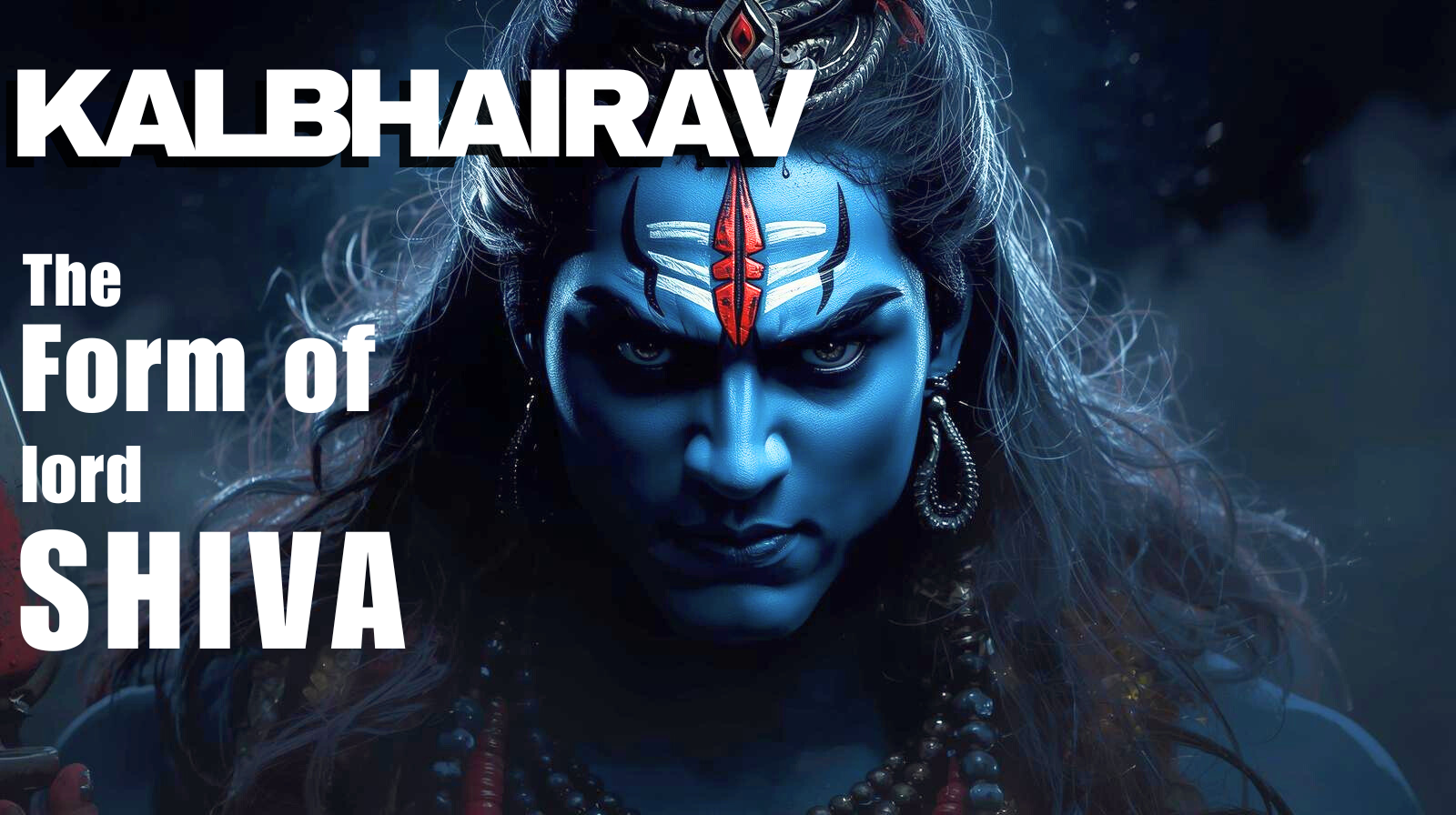




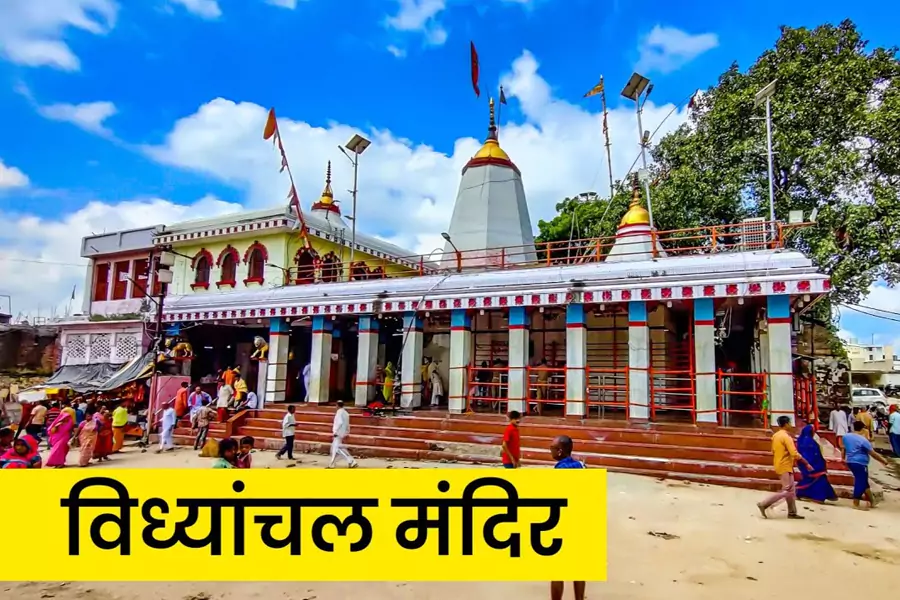

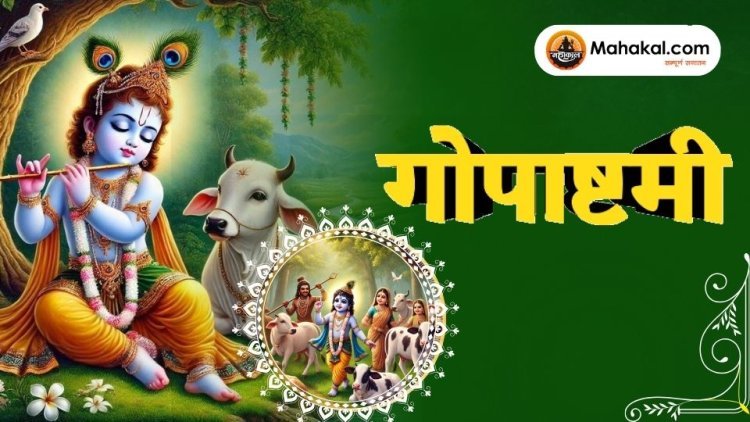
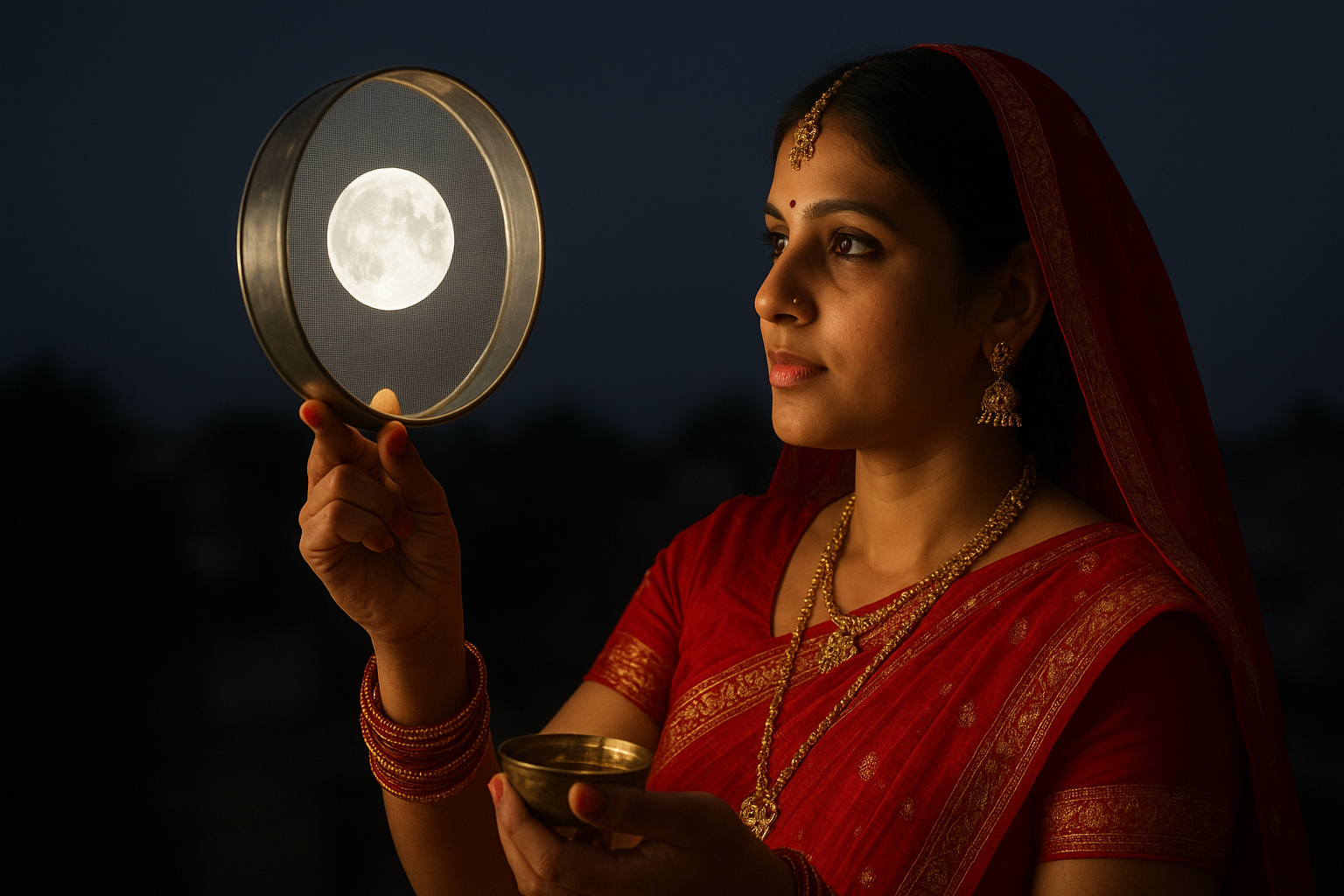


Leave a Reply